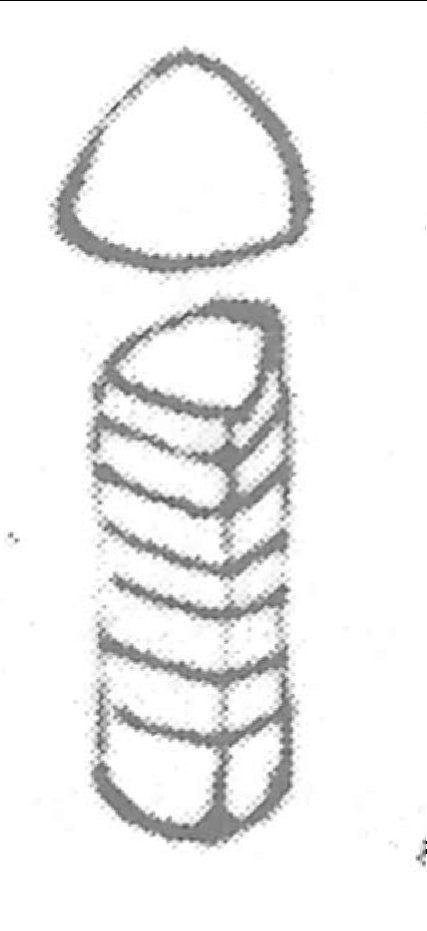William Bird Herapath to Faraday 18 January 18541
Jany 18 1854 | 32 Old Market St | Bristol
My dear Sir,
I really must apologise for having kept your most interesting specimen of Tourmaline so long but my reason for doing so was that I might have an opportunity of exhibiting it to our Bristol Microscopical Society. I had to give a paper there on Wednesday last2 & therefore took Tourmaline for my subject3.
It is evident that the proper name for the coloured portion of this crystal is Rubelite - a variety of Tourmaline - it owes its colour to Borate of Manganese containing nearly 5 per cent of the oxide of manganese and about 4 per cent of Boracic acid - some Lithia also.
There are also transparent and colourless Tourmalines found but it is invariably the case that these colourless crystals lose their overtly absorption properties, but still retain their doubly Refractive powers.
The colourless base of Tourmaline consists of Silicate of Alumnia sometimes also potassa - soda; Lime & Lithia - always some Boracic acid - Prot or Per Oxide of Iron is added to the coloured crystals - which in our case gives a deep Black or a Brown colour - and in the other a light bottle green - manganese also occurs in the Brown and Red varieties - the Blue or neutral tinted crystals “Indicolite” are coloured by Maganese & Iron - a good deal of Lithia.
The transparent portion has been well described by Sir David Brewster4 but he has omitted the existence of Double refractive properties which it undoubtedly possesses as well as slight absorbent power where he has indicated.
There is a specimen of Rubelite in the Bristol Phil. Museum which closely resembles yours, but it is in the original crystal and perfectly uncut. This is a very interesting specimen as it shows that the prism
 of this outline in section and consists of plates of coloured & colourless strata arranged at right angles to the prismatic axis and consequently when an optician had prepared a section of it for experiments on polarisation by cutting parallel to its length it would appear as a striated plate alternatively white and pink or purple and whitish pink. The coloured portions polarise and absorb as Tourmaline does - the colourless are only Doubly refractive.
of this outline in section and consists of plates of coloured & colourless strata arranged at right angles to the prismatic axis and consequently when an optician had prepared a section of it for experiments on polarisation by cutting parallel to its length it would appear as a striated plate alternatively white and pink or purple and whitish pink. The coloured portions polarise and absorb as Tourmaline does - the colourless are only Doubly refractive.
Thanking you for your great kindness & trusting that the crystal will arrive perfectly safe
Permit me to remain | My Dear Sir | Yours very truly obliged | W. Bird Herapath
Profr Faraday
P.S I enclose Sir David Brewsters opinion which is very different from my present one as you perceive5[.]
Bibliography
BREWSTER, David (1853): “On the Optical Phaenomena and Crystallization of Tourmaline, Titanium, and Quartz, within Mica, Amethyst, and Topaz”, Phil. Mag., 6: 265-72.
HERAPATH, William Bird (1853): “On the Manufacture of large available Crystals of Sulphate of Iodo-quinine (Herapathite) for Optical Purposes as Artificial Tourmalines”, Phil. Mag., 6: 346-51.
Please cite as “Faraday2779,” in Ɛpsilon: The Michael Faraday Collection accessed on 25 April 2024, https://epsilon.ac.uk/view/faraday/letters/Faraday2779